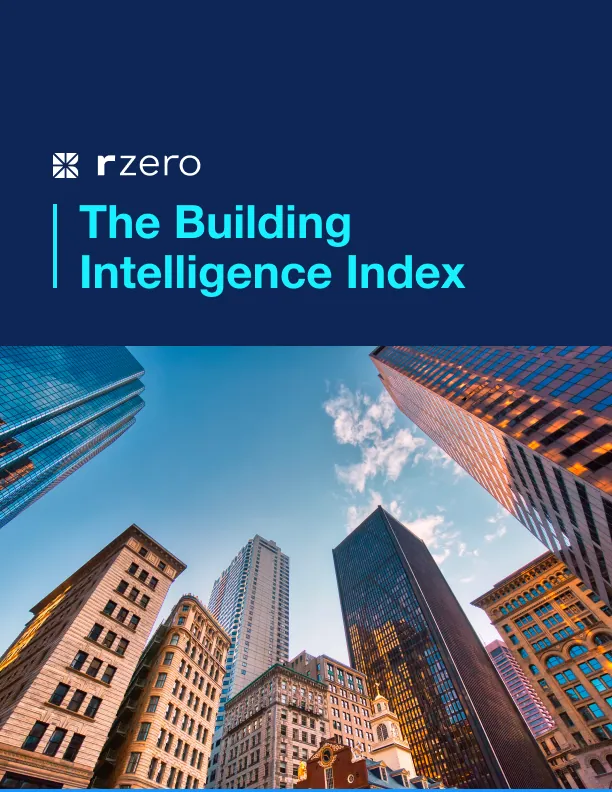UVC Technology: Meet Disinfection, Sustainability Goals Without Costly HVAC Upgrades.

But rest assured—recent innovations in UVC disinfection are not only incredibly effective but are more sustainable, less expensive, and more environmentally friendly compared to HVAC upgrades and the use of chemicals.
Regardless of modality, sustainable disinfection is the new normal.
Healthy spaces are expected—and organizations are scrambling to bring health and safety confidence back to the office, the classroom, and for residential buildings and care facilities—the minds of occupants.
For Facilities Managers, engineering healthy environments is a priority, if not mandatory in some states. Improving indoor air quality (IAQ) is key to eliminating infection risk, yet the wrong strategies can negatively affect another must-have—sustainability.
Meeting net-zero carbon emissions, lowering energy costs, and other sustainability goals can be challenging. However, corporate sustainability is crucial to long-term environmental health, and such initiatives will likely be mandatory in the future as we look for ways to slow down climate change.
This means that facilities teams will have to look beyond HVAC which often make up the majority of a building’s energy expenditure.
Sustainability deep-dive: HVAC vs UVC disinfection
Already accounting for 35% of commercial building energy use, HVAC system efficiency heavily influences whether an organization meets its sustainability goals or not. Pair this with the fact that most systems only operate at about 70-80% of capacity at a given time, increasing HVAC usage to meet more strict air quality and disinfection standards which can substantially increase an organization’s carbon footprint, hindering its chances of meeting green and healthy building initiatives.
Greenhouse gas emissions aren’t the only thing increasing when taking HVAC capacity up a notch; so are costs. According to some estimates, it costs $4,000 per every three-hundred linear feet. Moreover, achieving a recommended ACH of 6 requires running all systems (fan, heating, cooling, dehumidifying, etc.) at a higher rate, increasing energy costs by 19% per every additional ACH.
Unfortunately, for organizations with tight budgets, such as school districts, paying for these upgrades—let alone the operation costs—is entirely out of reach. And other disinfection solutions, like the use of chemicals, which we will talk about in an upcoming blog, pose a greater risk to sustainability and the environment.
HOWEVER—disinfection levels can be improved with a minimal increase in energy expenditure and, in most cases, even lowering an organization’s total energy cost by reducing the HVAC usage required to improve indoor air quality. It’s called UVC technology, and it’s 15x more sustainable than most HVAC upgrades and can be deployed, managed, and maintained for 8x less cost.
By harnessing the remarkable power of UVC light, UVC devices can efficiently, effectively, and sustainably inactivate airborne microorganisms in minutes. By complementing the disinfection gaps created by HVAC, unique spaces of all sizes and uses can increase their chances of meeting green initiatives while improving indoor air quality.
Not only do these innovations have the power to reduce exposure risk by 70%, but this level of disinfection can be achieved with far less energy expenditure. Although HVAC system design and usage vary by climate and application, UVC solutions, such as R-Zero Beam, can raise a space’s ACH for an average of 93% less energy consumption and 92% less cost than the HVAC upgrades required to meet the same efficacy.*
More about UVC disinfection and R-Zero
UVC disinfection is a clinical-grade technology that uses UVC waves to penetrate an organism’s cell walls to stop the replication of its genetic material. Without replicating, 99.9% of certain air- and surface-borne viruses, bacteria, mold, and mildew can be deactivated in minutes.
With cutting-edge innovations, R-Zero is taking this disinfection technology further by providing insights into how a space is being used, how often it’s occupied, and its disinfection levels. These data points aid sustainability efforts by giving facilities teams total visibility into and control over maintaining acceptable disinfection levels without relying on increased HVAC circulation.
Ready to get started on your journey to healthier, more sustainable indoor spaces? Learn more about R-Zero’s custom-fit UVC disinfection solutions by visiting us here.
*Findings based off of AESC, Inc. report, Achieving Indoor Air Quality with UVGI

